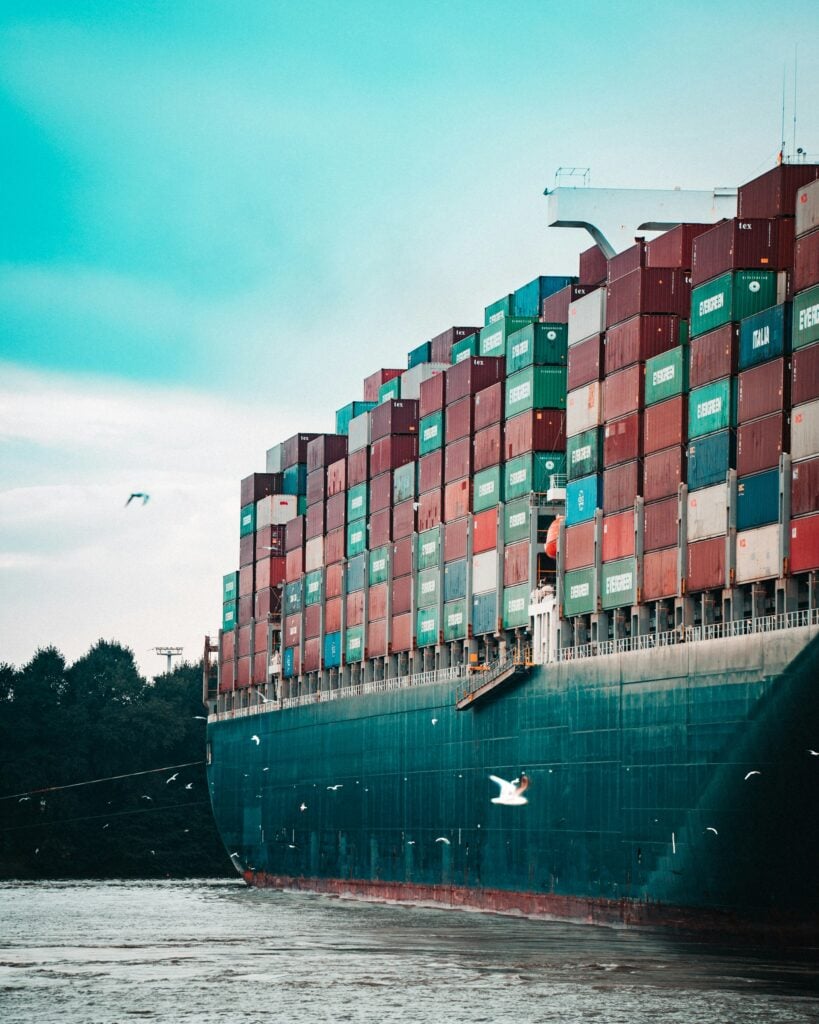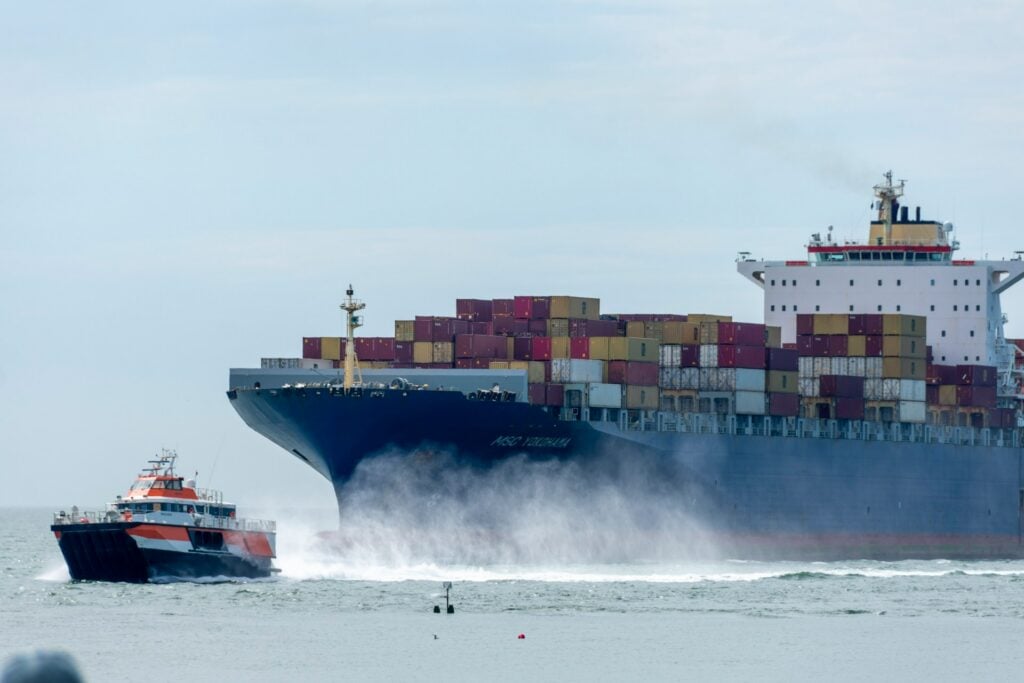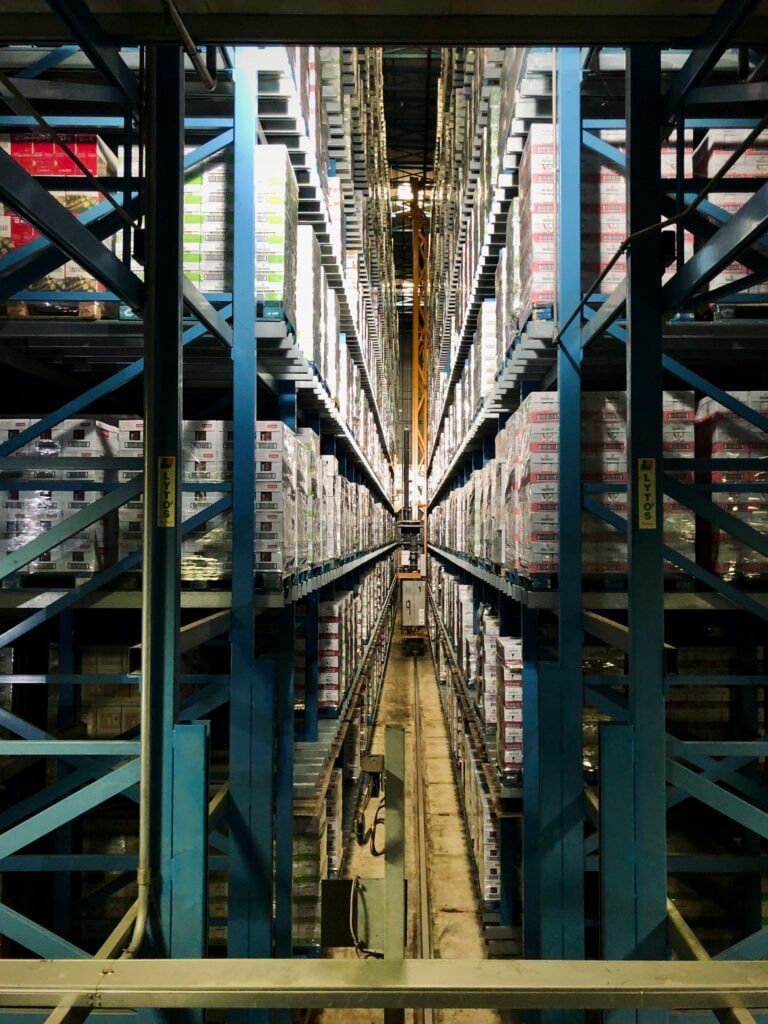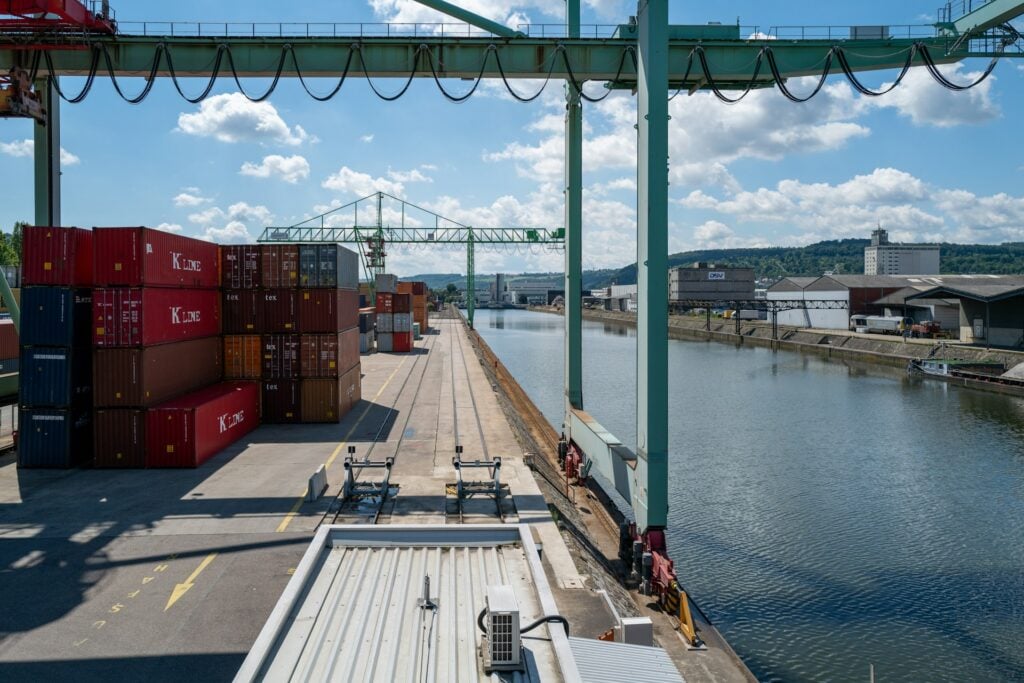Scope 3 emissions in ocean shipping represent a significant portion of the maritime industry’s total greenhouse gas (GHG) emissions. These indirect emissions occur across the entire supply chain. It encompasses activities such as upstream and downstream transportation, purchased goods and services, fuel and energy-related activities, and waste generated in operations.
Given the increasing focus on sustainability and regulatory compliance, shipping companies must develop precise measurement techniques and implement mitigation strategies to reduce their carbon footprint.
With regulations like the Corporate Sustainability Reporting Directive (CSRD) mandating greater transparency in emissions reporting, companies must not only measure their Scope 3 emissions but also take proactive steps to minimize them.
This article explores key measurement techniques and actionable strategies for reducing Scope 3 emissions in ocean shipping, ensuring compliance and long-term sustainability.
Understanding Scope 3 Emissions in the Maritime Industry
What Are Scope 3 Emissions?
Scope 3 emissions encompass all indirect emissions that occur outside of a company’s direct operations. These emissions include upstream and downstream transportation, purchased goods and services, business travel, leased assets, and energy-related activities.
Unlike Scope 1 emissions, which are generated from owned vessels, and Scope 2 emissions, which stem from purchased energy, Scope 3 emissions arise from the extended supply chain.
In ocean shipping, Scope 3 emissions often account for over 70% of total GHG (Greenhouse Gas) emissions, making them a critical area for decarbonization.
These emissions are particularly challenging to measure due to the complexity of global logistics networks and the involvement of multiple stakeholders, including suppliers, ports, freight forwarders, and vessel operators.
Why Measuring Scope 3 Emissions is Essential
Regulatory frameworks, such as the CSRD, now require companies to report their Scope 3 emissions as part of their overall sustainability disclosures. Investors and financial institutions increasingly evaluate companies based on their emissions data, influencing access to capital and investment decisions. Furthermore, customers and supply chain partners demand greater transparency regarding the environmental impacts of ocean shipping, pushing companies to develop more sustainable logistics operations.
By accurately measuring Scope 3 emissions, shipping companies can identify key areas for reduction, optimize fuel efficiency, and ensure compliance with emissions reporting standards such as the GHG Protocol.
Measurement Techniques for Scope 3 Emissions in Ocean Shipping
1. Lifecycle Assessment (LCA) for Shipping Emissions
A Lifecycle Assessment (LCA) evaluates emissions at every stage of a vessel’s lifecycle. It includes raw material extraction for shipbuilding, operational emissions, and end-of-life recycling or scrapping.
By analyzing emissions at each stage, companies can identify high-impact areas and implement targeted reduction strategies.
2. Activity-Based Emissions Calculation
Activity-based emissions calculations use real data on fuel consumption, cargo weight, and transport distance to provide precise emissions tracking. This method requires collaboration with ports, logistics providers, and suppliers to gather accurate data.
The activity-based approach is preferred over spend-based methods as it provides a more detailed breakdown of emissions sources.
3. Spend-Based Emissions Calculation
The spend-based approach estimates emissions based on financial expenditure on transportation and logistics services. While this method is easier to implement, it lacks accuracy compared to activity-based calculations.
Companies using this approach should supplement it with additional data sources to improve emissions precision.
4. AI and Digital Platforms for Emissions Tracking
AI-powered platforms such as Dockflow’s CO₂ Emission Tracking provide real-time monitoring of vessel emissions using Automatic Identification System (AIS) data. Predictive analytics help optimize shipping routes to minimize fuel consumption and reduce emissions.
Additionally, IoT sensors enable cargo handling and port operators to measure emissions more effectively.
5. Well-to-Tank (WTT) and Tank-to-Wake (TTW) Emissions Analysis
Well-to-Tank (WTT) emissions include fuel production, refining, and distribution before being used on vessels. Tank-to-Wake (TTW) emissions, on the other hand, account for the emissions released during fuel combustion.
A comprehensive emissions analysis must consider both WTT and TTW to provide a complete picture of the carbon footprint associated with fuel use in ocean shipping.
Challenges in Measuring Scope 3 Emissions
Data Collection Issues
Shipping companies face difficulties obtaining consistent emissions data from third-party logistics providers and suppliers. The lack of standardized reporting frameworks in the maritime industry adds further complexity, making it challenging to ensure data accuracy.
Lack of Standardization in Emissions Reporting
While the GHG Protocol provides broad guidance on emissions reporting, the maritime industry lacks a universal standard for Scope 3 emissions calculations. Different reporting methodologies and inconsistent data sources hinder the ability to create a unified emissions reporting framework.
Complexity of Maritime Supply Chains
Maritime supply chains involve multiple stakeholders, from ports and vessel operators to freight forwarders and fuel suppliers. The fragmented nature of these networks makes emissions tracking and reduction efforts difficult to coordinate.
Companies must collaborate across the supply chain to streamline emissions data collection and reporting.
Mitigation Strategies for Reducing Scope 3 Emissions in Ocean Shipping
1. Route Optimization and Smart Logistics
AI-driven route planning minimizes fuel consumption by selecting the most efficient shipping routes. Real-time weather and traffic data further optimize fuel usage, reducing unnecessary emissions.
2. Transitioning to Sustainable Fuels
Alternative fuels such as biofuels, LNG, ammonia, and hydrogen offer lower emissions compared to traditional bunker fuels. Energy-efficient technologies like air lubrication systems and wind-assisted propulsion further reduce fuel consumption.
3. Improving Load Efficiency and Cargo Consolidation
Maximizing cargo space and reducing empty container movements enhance vessel efficiency. Shared shipping agreements and improved logistics coordination lower emissions by optimizing transportation capacity.
4. Electrification and Alternative Energy Adoption
Electric port equipment, such as electric cranes and loaders, reduces emissions at ports. Shore-side electricity (cold ironing) allows vessels to shut down their engines while docked, further decreasing fuel consumption and emissions.
5. Sustainable Shipbuilding and Circular Economy Approaches
Using recycled materials in shipbuilding and implementing eco-friendly dismantling processes help reduce upstream emissions. Circular economy principles in ship design improve resource efficiency.
6. Engaging Supply Chain Partners for Collective Impact
Collaboration with suppliers, ports, and logistics providers is essential for effective emissions reduction. Encouraging vendors to adopt CSRD-compliant reporting practices ensures more accurate emissions data across the supply chain.
7. Carbon Insetting and Offsetting Initiatives
Investing in onboard carbon capture technology and supporting reforestation projects help offset emissions. Ocean carbon sequestration initiatives contribute to long-term sustainability goals.
The Future Outlook: Achieving Net-Zero in Ocean Shipping
Advancements in Zero-Emission Vessels
Hydrogen-powered and fully electric ships are emerging as viable solutions for net-zero shipping. Green corridors designed for sustainable trade routes will further reduce maritime emissions.
The Business Case for Proactive Emissions Management
Early adoption of emissions reduction strategies provides financial and operational benefits. Companies that prioritize sustainability gain regulatory compliance, enhanced brand reputation, and improved investment opportunities.
Moving Toward Measurable and Impactful Emissions Reduction
The Need for Immediate Action
Accurate measurement of Scope 3 emissions is the foundation for effective emissions reduction. Companies must go beyond compliance and take decisive action to minimize environmental impacts.
How Dockflow Can Help
Dockflow provides AI-powered real-time emissions tracking for ocean shipping, ensuring automated CSRD-compliant reporting. By leveraging digital tools and fostering supply chain collaboration, companies can enhance transparency and drive meaningful emissions reductions.
Final Thoughts
The maritime industry is at a pivotal moment in its sustainability journey. As regulatory requirements tighten and market expectations shift, companies must take proactive steps toward addressing Scope 3 emissions.
By integrating advanced tracking technologies, collaborating across supply chains, and investing in sustainable solutions, shipping companies can make meaningful progress toward emission reduction. Businesses that lead the way in Scope 3 emissions management will not only meet regulatory expectations but also gain operational efficiencies, strengthen brand reputation, and contribute to global climate goals.
With tools like Dockflow, organizations can take control of their carbon footprint and position themselves as sustainability leaders in ocean shipping.
Book a free demo with and explore how Dockflow can help you.





